Computer Eye Strain Explained (and How to Avoid It)
People who spend more than two consecutive hours looking at a computer screen each day might be putting their eye health at risk. According to a 2011 British study, approximately sixty to ninety percent of office workers suffer from a condition known as computer vision syndrome. Individuals with uncorrected vision problems, a glare on their computer screen, dry eyes, poor posture or lighting, or even an improperly angled computer screen are at an increased risk.
What Is Computer Vision Syndrome?

Computer vision syndrome is a group of eye problems that are related to prolonged computer use. Symptoms may include dry eyes, accommodative and vergence difficulties, asthenopia, headaches or migraines, eye pain or discomfort, a burning sensation in the eyes, double vision, blurred vision when looking into the distance after prolonged computer use, shoulder and neck pain, and eye strain. Because these symptoms may occur as a result of another disorder, it is important to seek a proper diagnosis to determine the cause of eye problems.
Cause And Effects Of Computer Vision Syndrome
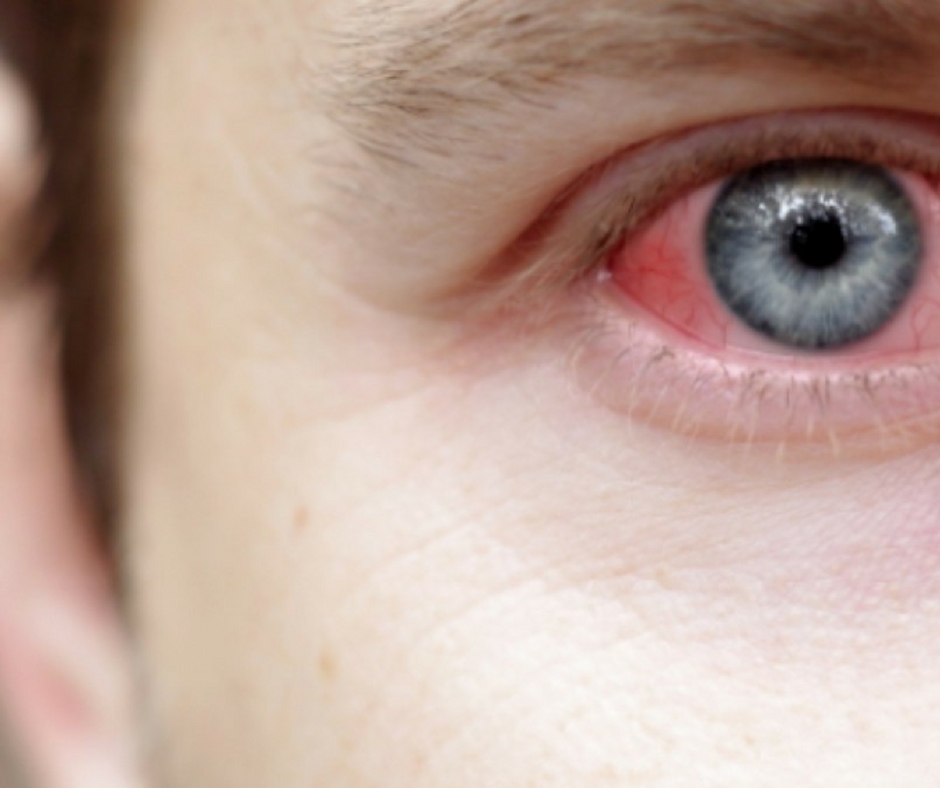
The main reason for computer vision syndrome is looking at a computer screen for prolonged periods of time without taking a break. The condition may be due to an increase in corneal exposure, a decrease in blink rate and amplitude, and being positioned in the primary gaze of computer screen light in a darkened room. A 2011 study compared the ocular discomfort of visually normal subjects who read text out loud from either a computer screen or printed hardcopy for twenty minutes. Results indicated that that group who read off a computer screen experienced significantly more blurred vision.
Risk Factors

People who have uncorrected eye problems are more likely to suffer from computer vision syndrome. Approximately seventy-one people with computer vision syndrome reportedly wear contact lenses or glasses. Although the condition does not appear to cause permanent vision problems, it can affect productivity at work and cause discomfort. Vision problems may become worse after time and should be treated immediately. Be sure to make regular trips to the optometrist to have eyes checked if spending too much time in front of a computer is of concern.
How To Correct Computer Vision Syndrome

Treating computer vision syndrome is a simple fix. Start by making sure the room of equipment is well lit. If darkness is a problem, place a lamp next to the computer and be sure the computer sits about an arm’s length away from the front of the face, not off to the side. Looking directly at the computer may help reduce strain. Avoid reading text from a computer screen that is tilted to the side or sits at an angle. Sitting too close or too far from the computer may also cause strain.
Sit Up Straight
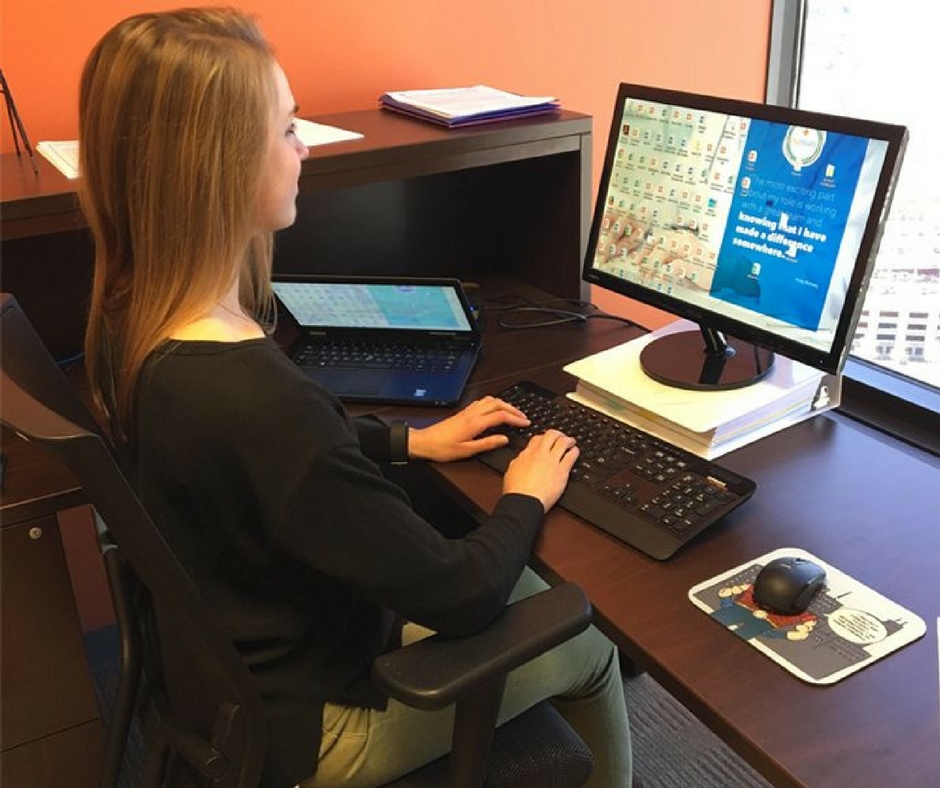
It is easy to slouch when sitting in front of a computer for extended periods of time. Be sure the computer monitor sits four to eight inches below the eyes to allow the neck to relax while reading or typing. Sit up straight to avoid neck, shoulder and back pain, which can affect vision. Invest in a sturdy chair that is comfortable and promotes good posture. A chair with a hard back can be useful for support while a softer seat might increase the urge to slouch.
Take Breaks

If it is not possible to break up the day and take long breaks from looking at the computer, then concentrate on taking several five-minute breaks throughout the day. Set a timer on the computer or a smartphone for every hour. When the timer goes off, take a walk around the office or get outside for some fresh air to give the eyes a break. Sit in a shaded or dark area and close eyes for several minutes to avoid overstraining them before returning to the desk.
Cold Therapy
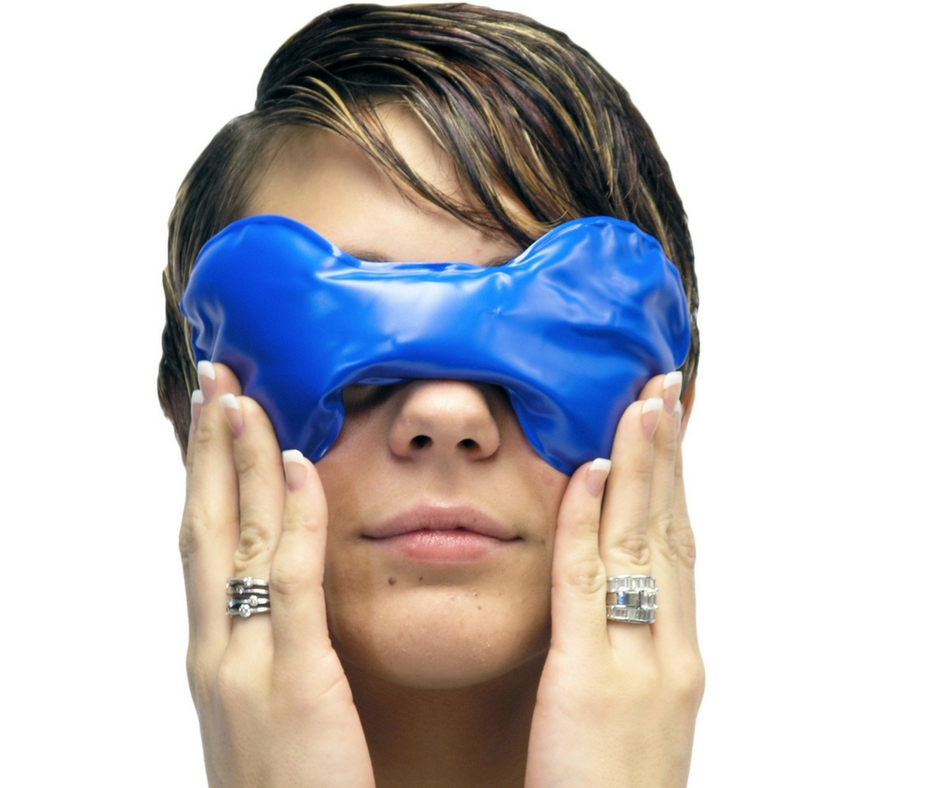
Along with taking a break from the computer screen every hour, consider applying cold therapy to the eyes to restrict blood flow and clear any blurred vision. Keep a chilled spoon in the refrigerator and apply one to each eye during breaks. Using a cold washcloth or ice pack to the eyes can also alleviate burning or redness. The cold compress may also help improve concentration when returning to work as it wakes up the body and brain.
Keep The Monitor Clean
Clean the monitor regularity to make the computer screen as clear as possible while reading. Dust and dirt can easily collect on the screen, which makes it impossible to read without straining the eyes. Also, make sure there is no glare coming off the screen by adjusting it appropriately in front of the keyboard. Investing in window shades, adjusting the screen’s brightness, and putting on an anti-glare filter may help reduce reflections.
Wear Computer Glasses
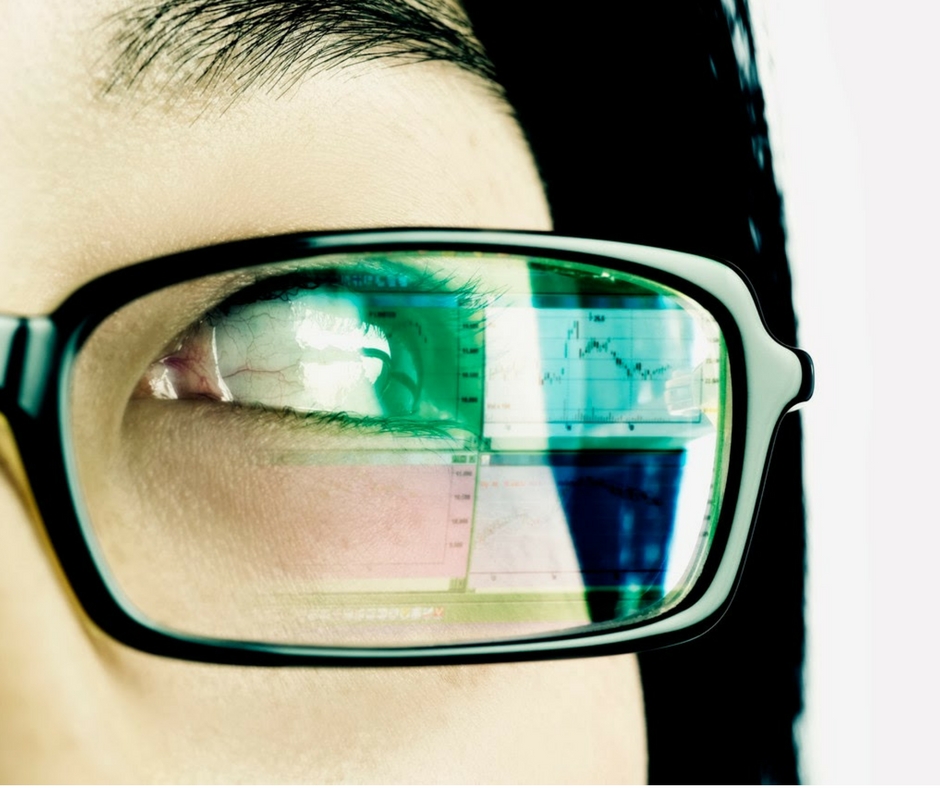
Even if a doctor has not prescribed glasses or contacts, consider wearing computer glasses to improve vision and reduce straining. Computer glasses are designed to improve vision while looking at a computer screen and can provide lots of help for those who sit for eight to ten hours at a desk. Talk to an expert to help pick out the right kind and store them next to the monitor, so they are always handy when needed.
Blink More Often
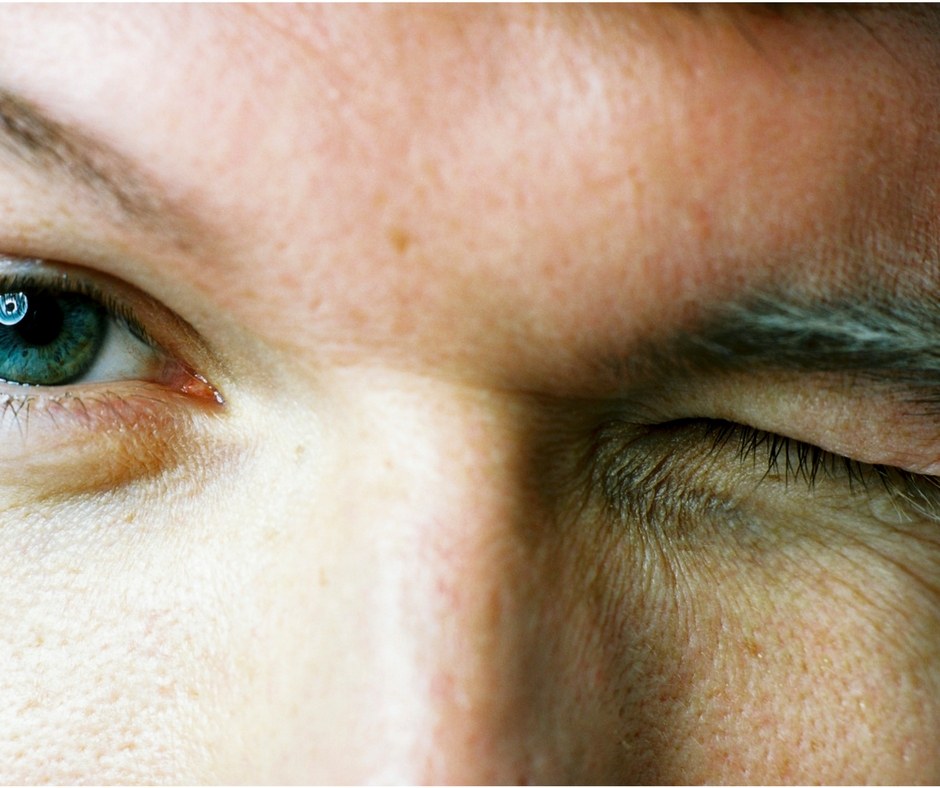
Research shows that many people who sit in front of a computer screen for extended periods of time do not blink as much as when they are away from their desks. This may be due to prolonged concentration as some people simply forget to blink. If dry eyes are a side effect of computer vision syndrome, consider lubricating eyes with over-the-counter drops or using a humidifier if the air in the room is dry. Also be sure that air vents at not blowing directly near the face when working at a computer.
Consider Visual Therapy
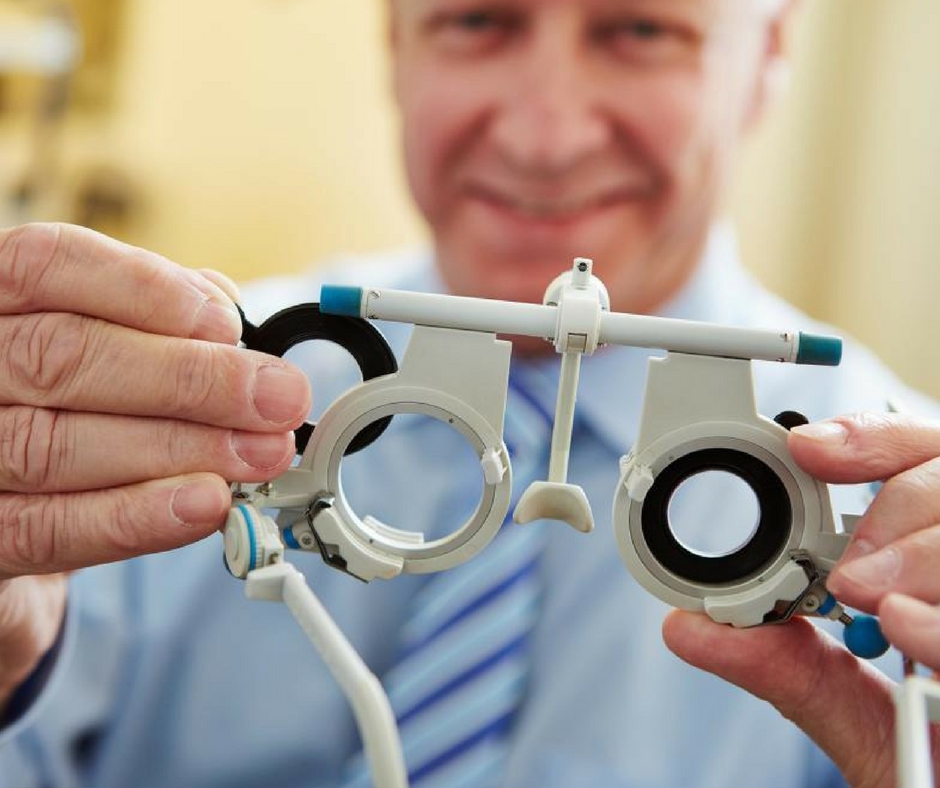
Certain eye exercises can be done to strengthen vision, which may help reduce the strain of looking at a computer for too long. Visual treatment includes practicing exercises assigned by a doctor to improve visual functioning. Think of it as an exercise for the eyes. Start by focusing the eyes on different objects in the room, such as a finger that is placed approximately eight to ten inches in front of the face and then an object that is about ten to twenty feet away.
